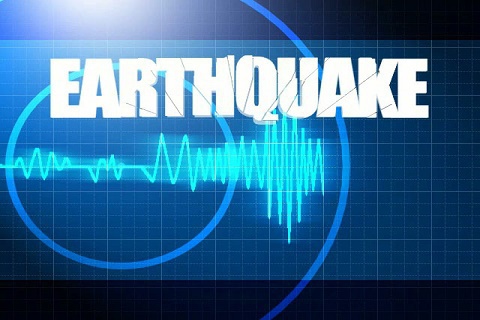New York: What are the potential long-term effects of having COVID-19?
It’s hard to say exactly, because the coronavirus is still so new that scientists don’t know much about long-term effects. The best evidence comes from patients themselves, and some experience a variety of symptoms long after their infections have cleared.
Most people recover within a few weeks. For people who experience longer-term effects, the most common issues are bouts of exhaustion, headaches, anxiety and muscle aches that can last for at least several more weeks.
Patients who required intensive care, including those put on ventilators or kidney dialysis, can experience more serious issues.
Lung scarring can occur in people who developed pneumonia. Heart inflammation, irregular heartbeats, and worsening kidney and liver function have been reported as well. However, it’s too soon to know if those could be permanent problems.
Survivors who had long intensive-care stays sometimes need oxygen therapy or dialysis at home. Some also develop a condition called post-intensive care syndrome, which can include persistent muscle weakness and memory problems. That can happen after any critical illness and may be related to sedation and prolonged bed confinement during hospitalisation.
Blood clots can also develop during and after COVID-19 infections, occasionally causing strokes. Even in less serious cases, blood thinners are prescribed and can require lifestyle changes to reduce risks of bleeding.
Most symptoms appear to eventually go away, said Dr Thomas McGinn of the Feinstein Institutes for Medical Research in New York, who was involved in one of the largest US studies of COVID-19 patients.
“It’s just a matter of when. For some patients it may take longer than others,” McGinn said.








